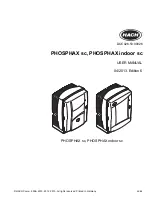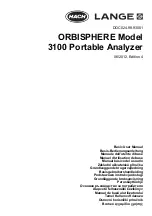
7
4.
Bed Keyframe
Raise all of the bedding screws so that they are not
in contact with the keybed.
Place the fingers of one hand against the front rail
and keybed, then tap the keybed with 3 fingers of
the other hand. Listen for a knock noise and feel
for movement between the front rail and the
keybed.
If there are loose areas, pull the keybed out and
trim the tight areas with a plane or sanding block.
As you remove wood from the tight areas, the loose
areas will settle down and become tight
* Note: It is normal for the keyframe front rail to
lift up at the ends during dry weather. Be aware
of the relative humidity when bedding the
keyframe
For the back rail, remove the keys and tap on the
action bracket supports to check for knocking. If
needed, trim the bottom of the back rail at the tight
areas with a hand plane or sanding block, which
will lower the loose areas and eliminate knocking.
Adjust the pressure screw in the cheekblock for
light pressure on the guide pins. This will prevent
knocking of the keyframe during dry weather.
*Note:
Keep the balance rail bedding screws
raised until later in the regulation process. This
prevents errors in setting the key height and key
dip.








































